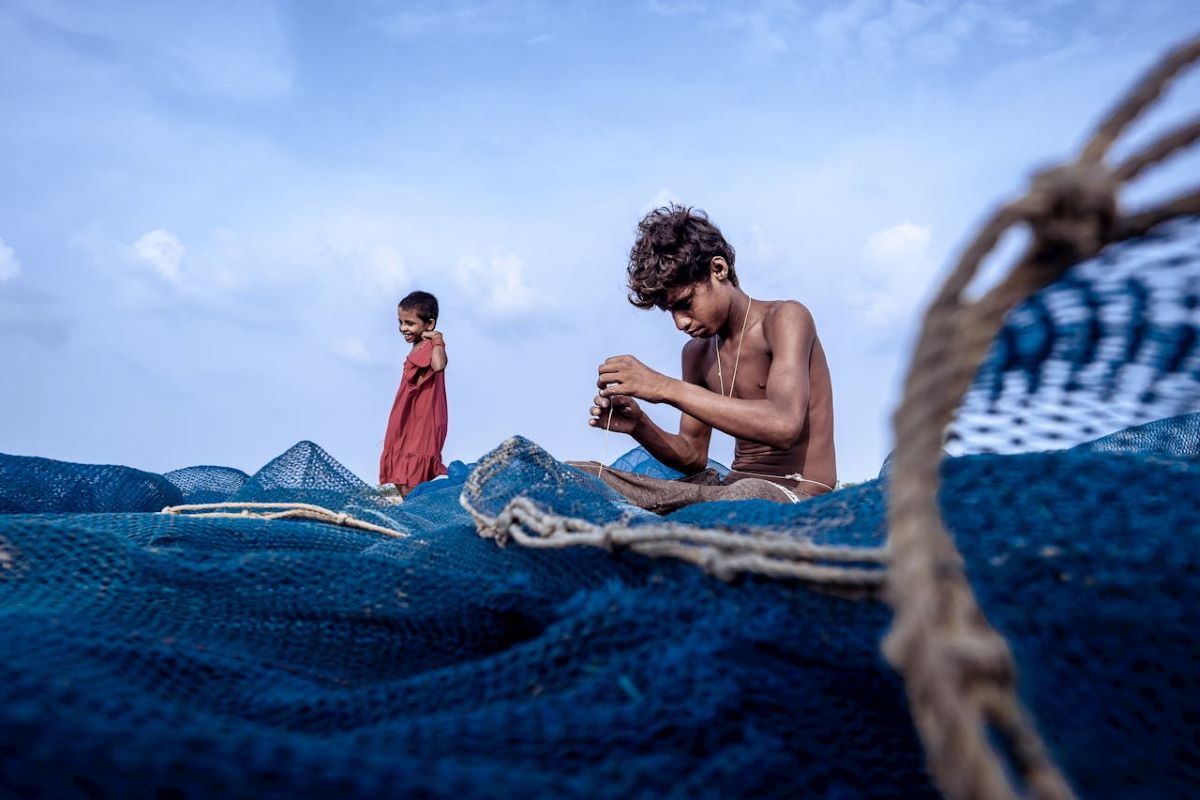Fishing is an integral part of India’s economy and culture, providing livelihood to millions and contributing significantly to the food industry. India’s extensive coastline, numerous rivers, lakes, and inland water bodies make it one of the leading fish-producing nations. Here’s a look at some of the top fishing states in India that stand out for their significant contributions to the fishing industry.
Kerala
Kerala is often considered the heart of India’s fishing industry, particularly renowned for its marine fisheries. With a coastline stretching over 590 kilometers, Kerala’s fishing activities are a vital part of its economy. The state is famous for its diverse fish species, including sardines, mackerel, and prawns. The traditional Chinese fishing nets, or “Cheena Vala,” are iconic symbols of Kerala’s fishing culture.
Key Highlights:
- Major fishing hubs: Kochi, Kollam, and Thiruvananthapuram
- Notable fish species: Sardines, Mackerel, Prawns
- Significant aquaculture: Shrimp farming and inland fish farming
Tamil Nadu
Tamil Nadu is another significant player in India’s fishing sector. With a coastline of around 1,076 kilometers, it boasts rich marine biodiversity. The state’s fishermen primarily use traditional methods, though modern techniques are increasingly being adopted. Tamil Nadu is also known for its thriving aquaculture, particularly shrimp farming.
Key Highlights:
- Major fishing hubs: Chennai, Nagapattinam, and Tuticorin
- Notable fish species: Tuna, Catfish, Pomfret
- Leading in aquaculture: Shrimp and prawn farming
Andhra Pradesh
Andhra Pradesh is one of the leading states in inland and marine fish production. The state’s extensive network of rivers and lakes, combined with its 974-kilometer coastline, makes it a prime location for fishing activities. Andhra Pradesh is especially noted for its aquaculture, with extensive fish and shrimp farming.
Key Highlights:
- Major fishing hubs: Visakhapatnam, Kakinada, and Nellore
- Notable fish species: Rohu, Catla, and Murrel
- Significant aquaculture: Shrimp and freshwater fish farming
West Bengal
West Bengal is renowned for its inland fishing and aquaculture. The state has a rich tradition of fishing, particularly in the Sundarbans region, where brackish water fisheries are prominent. The Ganges delta provides an excellent environment for a variety of fish species, making West Bengal a major player in India’s fishing industry.
Key Highlights:
- Major fishing hubs: Kolkata, Howrah, and Sundarbans
- Notable fish species: Hilsa, Rohu, and Katla
- Prominent in aquaculture: Carp farming and shrimp farming
Odisha
Odisha, located on the eastern coast along the Bay of Bengal, boasts a coastline of approximately 480 kilometers. Fishing is a crucial part of Odisha’s economy and culture, with both marine and inland fishing being prominent. The state’s rivers, such as the Mahanadi, Brahmani, and Baitarani, support a diverse range of fish species.
Key Highlights:
- Major fishing hubs: Paradip, Dhamra, and Gopalpur
- Notable fish species: Hilsa, Sardines, Mackerel, and Rohu
- Significant aquaculture: Freshwater fish farming and shrimp farming
Gujarat
Gujarat is a significant contributor to India’s marine fish production, with its extensive coastline of about 1,600 kilometers. The state is known for its robust fishing industry, focusing on both traditional and commercial fishing practices. Gujarat’s fishermen are adept at deep-sea fishing, and the state is a major exporter of seafood.
Key Highlights:
- Major fishing hubs: Veraval, Porbandar, and Surat
- Notable fish species: Ribbon Fish, Pomfret, and Shrimp
- Leading exporter: Seafood processing and export industry
Maharashtra
Maharashtra boasts a coastline of around 720 kilometers and is known for its diverse marine life. Fishing is a vital part of the state’s coastal economy, with both traditional and modern fishing techniques being employed. Maharashtra is also advancing in aquaculture, with a focus on sustainable practices.
Key Highlights:
- Major fishing hubs: Mumbai, Ratnagiri, and Sindhudurg
- Notable fish species: Bombay Duck, Shrimp, and Mackerel
- Developing aquaculture: Freshwater and brackish water fish farming
Conclusion
Fishing is a vital industry in India, with each state contributing uniquely to the sector’s growth and sustainability. From the traditional fishing practices in Kerala and West Bengal to the modern aquaculture techniques in Andhra Pradesh and Tamil Nadu, India’s fishing industry is diverse and dynamic. States like Odisha and Gujarat, with their rich marine and inland resources, further underscore the importance of this sector. As these states continue to innovate and adopt sustainable practices, they ensure that fishing remains a cornerstone of India’s economy and culture.
Featured Image Courtesy Krishnendu Biswas




